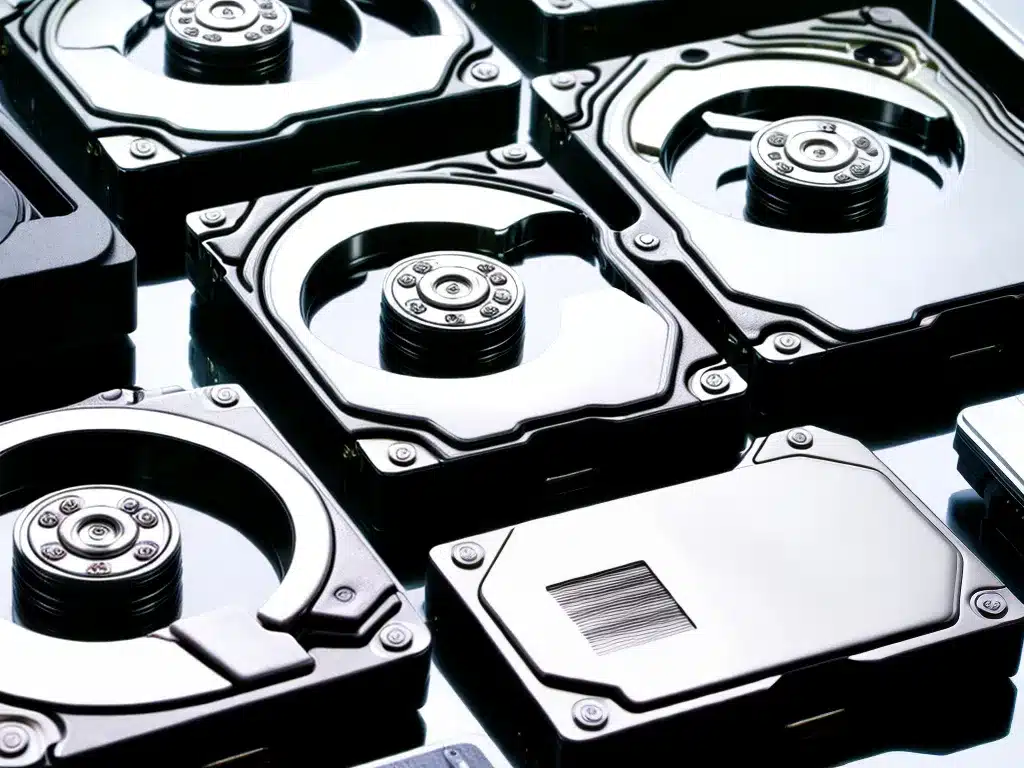
Cloning your hard drive can be an essential step to take before hard drive failure occurs. By creating an exact copy of your hard drive, you can easily recover your data, operating system, programs, and settings if your original hard drive stops working. This prevents data loss and reduces downtime from having to reinstall everything.
Why You Should Clone Your Hard Drive
There are a few key reasons why hard drive cloning is recommended:
-
Hard drives fail – All hard drives will eventually fail due to mechanical or electronic issues. Cloning allows you to continue where you left off when this happens.
-
Preserve data and programs – Cloning provides an instant backup of your entire hard drive. You don’t have to reinstall programs or recover data from backups.
-
Save time – Reinstalling an operating system and programs can take many hours. Cloning lets you get right back to work.
-
Migrate to new hard drive – Upgrading to a larger/faster hard drive is simplified by cloning instead of reinstalling everything.
Cloning can save you from many headaches in the event of hard drive failure. It’s a quick and easy safeguard to implement.
Choosing Cloning Software
There are a few options for cloning software to use:
-
Acronis True Image – The leading cloning and backup software available. It offers advanced features and reliable drive cloning.
-
Macrium Reflect – A popular free cloning program for Windows with a simple interface.
-
Carbon Copy Cloner – Cloning software designed for Mac OS to make exact copies of hard drives.
-
Clonezilla – An open source cloning program that works on Windows and Linux. It can be booted from a USB drive.
I recommend Acronis True Image as the best option for most users. The paid version offers excellent cloning capabilities and additional backup features.
Key Software Features
Here are some key features to look for in cloning software:
-
Disk imaging – Makes an exact sector-by-sector copy of your hard drive. This ensures the clone is identical.
-
Drive partitioning – Can resize or modify partitions on the destination drive as needed.
-
Scheduling – Set automated cloning on a daily, weekly, or monthly basis.
-
Bootable media – Allows cloning by booting from a CD/DVD disc or USB drive. Very useful when your system won’t boot normally.
-
File exclusion – Optionally exclude certain files and folders that don’t need to be cloned. This saves time and storage space.
-
Restore ability – Restores your cloned backup image in case of failure or migration to a new drive.
How to Clone Your Hard Drive
Follow these steps to properly clone your hard drive before failure occurs:
1. Install Cloning Software
First, download and install your chosen cloning software. Make sure to pick the correct version for your operating system (Windows, Mac, Linux).
2. Connect Destination Drive
Connect the new drive that you want to clone your current hard drive to. This is the target drive where an exact copy will be created. The destination drive should be the same size or larger.
3. Boot from Install Media
It’s recommended to boot from the cloning software CD/DVD disc or USB drive. This allows the cloning process to take place outside of the running OS.
4. Select Source and Destination
In the cloning program, select your current hard drive as the source drive to clone. Then choose the destination drive that you connected.
5. Clone Drives
Run the cloning operation. The software will fully copy all data from your source drive over to the destination. This process can take a while depending on drive size.
6. Swap Drives
Once cloning completes, power down your system. Disconnect your original hard drive and replace it with the cloned drive. You can now boot up normally or store the old drive for backup.
Cloning Tips and Warnings
Here are some additional things to keep in mind when cloning hard drives:
-
Clone regularly in case of sudden drive failure. Monthly or quarterly is recommended.
-
The destination drive must be equal or larger capacity than the source.
-
SSDs can be cloned to HDDs and vice versa. But you’ll lose performance advantages.
-
Don’t use the computer during cloning to prevent data corruption.
-
Verify the clone integrity by browsing files, opening programs, etc before relying on it.
-
Keep your old hard drive as a secondary backup after cloning.
-
Use disk imaging rather than file copying for an exact clone.
Cloning your hard drive periodically is one of the best forms of insurance against catastrophic data loss. Following these steps will allow you to easily recover from hard drive failure. Be proactive and clone your drive before it fails!












